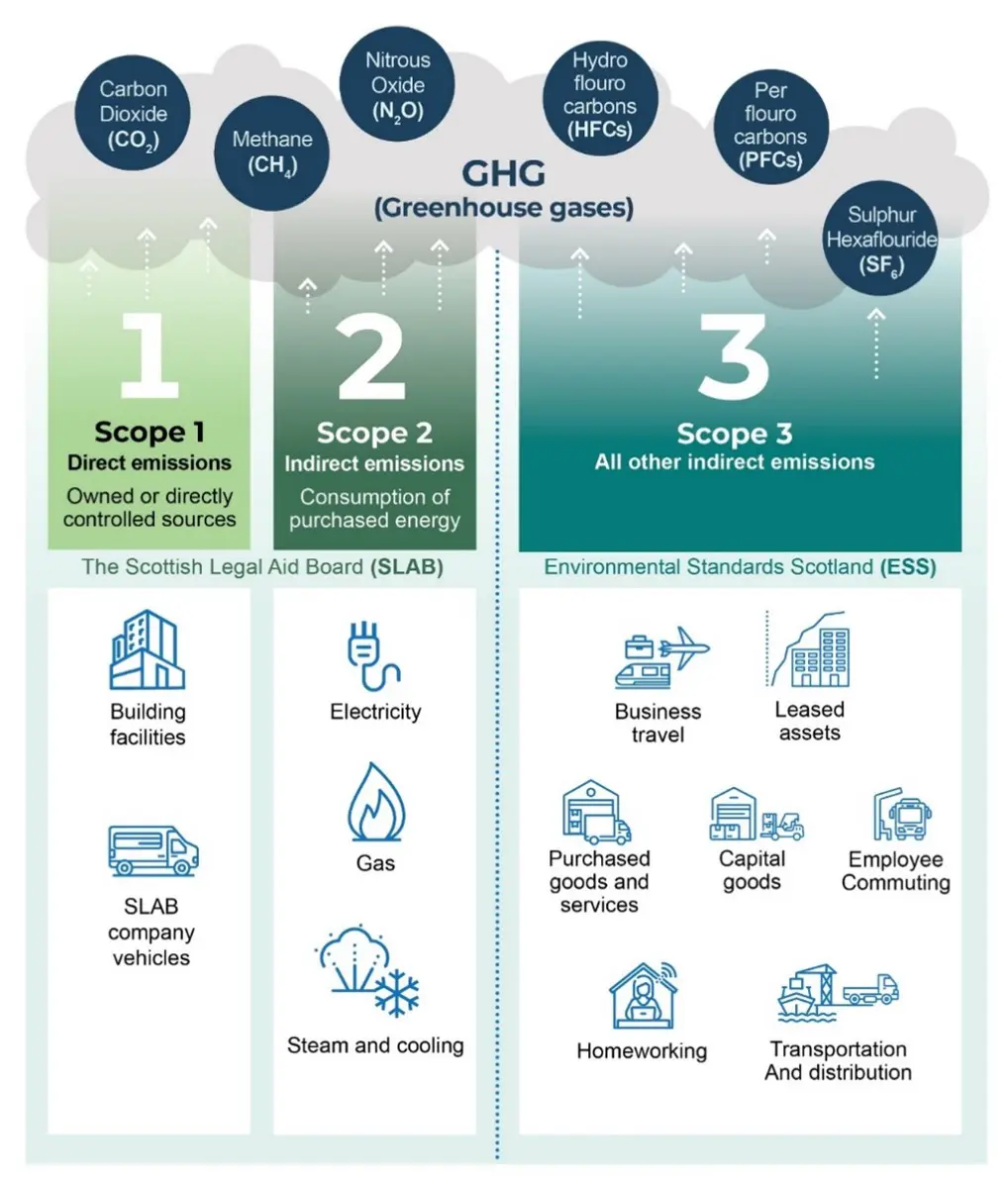Sustainability Plan Phase 2 2025-2030
Our route to reducing carbon emissions, understanding our biodiversity impact, and building a sustainable organisation for the future.
May 2025
Corporate Report – Sustainability Plan Phase 2 2025-2030 – FINAL – May 2025 – 20250521.pdf
Download pdf (1.99 MB)


